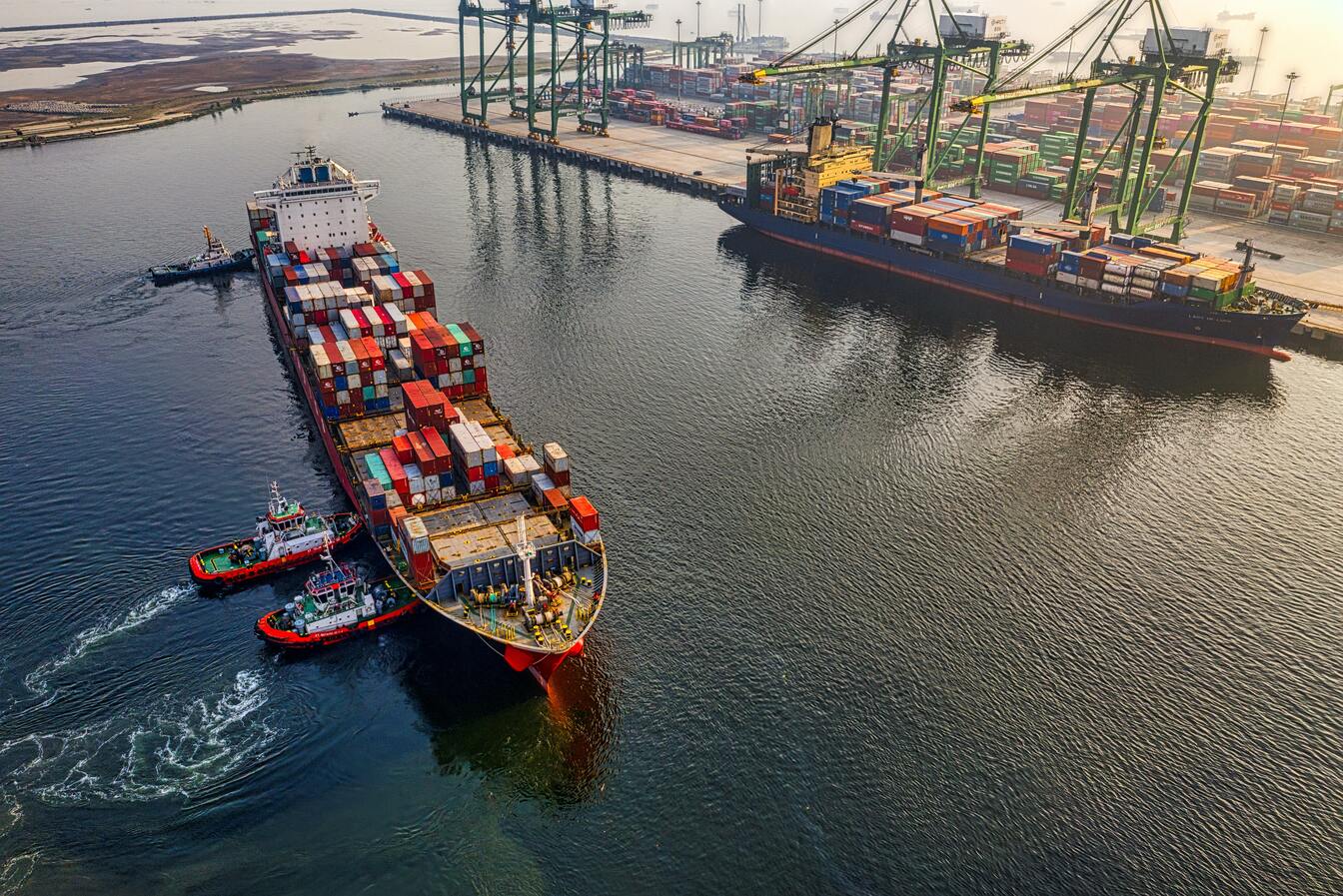As consumers reel from inflationary impacts, online shopping in the Asia-Pacific region is only expected to keep growing next year and beyond, with price as the top factor in success in the e-commerce world, according to a consumer behavior analyst.
“The biggest trend we’re seeing across the e-commerce landscape in Asia-Pacific is all around price. A study in early 2022 indicated that the No.1 reason why consumers are shopping online is based on price,” said Vaughan Ryan, managing director for e-commerce in the Asia-Pacific.
NielsenIQ data earlier this year showed that 58% of consumers chose pricing as their top factor when buying online, while 51% said they were swayed by promotions. In addition, availability, ratings, and delivery were also top of mind.
Ryan noted that “double day sales” in particular, where mega sales are held on a particular day of the month such as 11.11 or 12.12, are attracting online shoppers in unprecedented droves.
“Imagine a world where 40% of your consumer goods sales occur on one day every month. Well, that is exactly what is happening throughout Asian markets with e-commerce sales. Double Days are causing mass surge sales and redefining the retail landscape across Asia,” said NielsenIQ.
With Double Day promotions, extraordinary uplifts across markets and categories have been recorded compared to the previous three weeks of sales. In 2021, NielsenIQ saw a +956% uplift in sales for facial cleansers on Double 11 in Singapore compared to the previous three weeks’ sales, while health supplements/vitamins saw +494% uplift in sales in Thailand on 10.10.
Not surprisingly therefore, e-commerce is now the second biggest channel across Asia-Pacific, just behind traditional shopping. And over the next five years, 50% of e-commerce global sales are expected to come from Asia, forecasts NielsenIQ.
“We have known for a while that Chinese and Korean consumers have embraced online sales, but other markets are catching up and we are already forecasting countries such as Australia, Singapore, and Taiwan will have over 20% of their consumer goods sales coming from online channels by 2025,” it said.
“Simply put, just one day a month—12 days per year—will determine if you fail or succeed. It is important to understand how e-commerce is shaping the overall consumer goods industry, so you can devise your business strategy to make the most of the shifting consumer mindset and purchase behavior,” said the report.
E-commerce service agency SmartOSC advises companies to regard these mega day sales as opening ladders of opportunities for brands of all sizes to increase revenue.
“By offering much lower prices, free delivery or free gifts, eCommerce marketplaces are yielding more profit from existing customers and attracting new customers who haven’t bought anything online—all at the same time,” it added.
This works because many people save their carts to check out on Mega Sale to enjoy attractive promotion campaigns. These people, thus, create a trend among their social circle about online buying, directly or indirectly making other “wandering” customers curious and easier to persuade to test the waters for the first time.
“Mega Sale Days are no longer just about launching promotions or trial periods to create a short-term sales peak. It has evolved into an opportunity to drive brand awareness and loyalty. This moment is a good time to experiment with different marketing tactics to aim for more market share either in the short or long term, depending on how brands want to balance ongoing activity with one-off events,” SmartOSC continued.
The Asia-Pacific e-commerce market is expected to grow with a compound annual growth rate (CAGR) of 10.24% during the forecast period of 2022-2027, fueled by increasing internet access, a growing middle class, and the efficient, effective, and quick distribution of goods, according to figures from Research and Markets.
Source: PHILEXPORT News and Features
November 14, 2022













